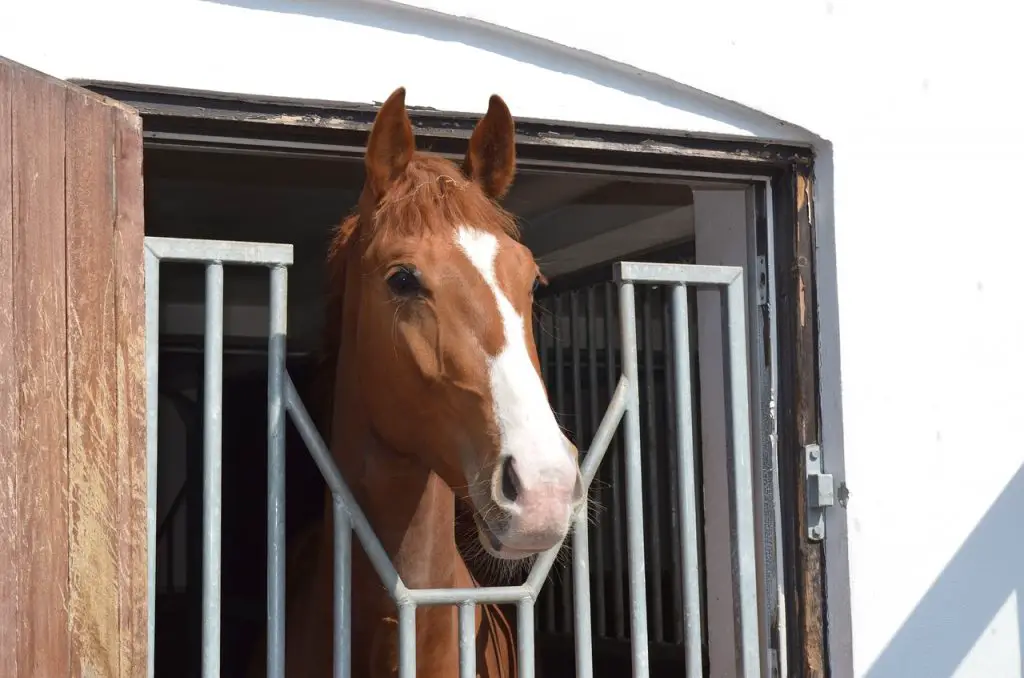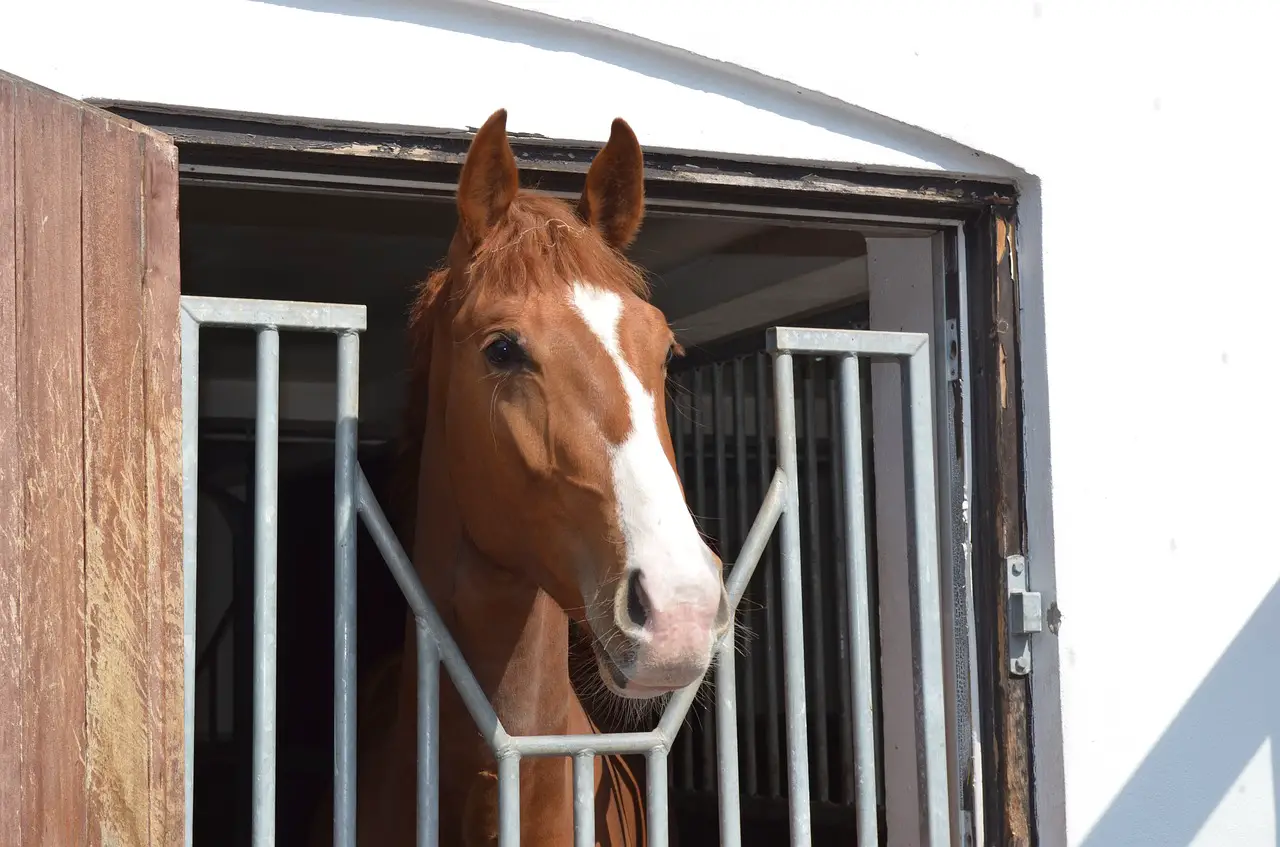Last Updated on February 23, 2022 by Allison Price
Description, history and profile of the Dutch Warmblood horse.
The Dutch Warmblood, a relatively new breed, was derived from two Dutch Breeds: the Groningen and the Gelderlander. Breeders hoped to combine the best traits of each breed, and the offspring of these hybrids were refined by the addition of Thoroughbred blood. These horses were athletic and had a longer neck and shorter backs than native Dutch breeds. Horses from the Netherlands also had more stamina and scope thanks to the addition of thoroughbred blood.
The Oldenburger and Hanoverian were also used to clarify minor conformation details and emphasize the calm temperament.
The Dutch Warmblood is constantly evolving, just like most warmbloods. The KWPN today recognizes three types of Dutch Warmblood horses: the elegant harness horse type, the sport horse type and the original Gelderland type.

Characteristics
Dutch Warmblood horses typically stand at 16 hands. Some can reach 17 hands. Bay and chestnut are the most popular colors, but you will also see blacks and grays. Common features include white markings on the legs and face.
Hilltop Rousseau, Dutch Warmblood Stallion. Photograph (c) Hilltop Farm. Permission granted
The head is slender and usually has a straight profile. The neck is arched and long, with prominent withers. The shoulder is well-sloped, and the girth deep with lots of heart room is evident.
The forelegs are strong and well-muscled with well-muscled arms. The hindquarters are strong and the hock joints are close to the ground. This combination gives the Dutch Warmblood a lot of power.
There are many differences between the Gelderland type, the harness horse, and the sport horse in terms of the presence and action. The sport horse is bred for jumping and dressage. The harness horse is proud of its high head carriage and strong knee action. The Gelderland retains more of the characteristics of a light draft horse.
Selection
The Warmbloed Paardenstamboek strictly controls and monitors breeding and selection of Dutch Warmblood horses.
Each year, inspections or keurings are held in North America and the Netherlands. These keurings are for horses who are three years old or older. They are only allowed to enter the Studbook if they have shown that they have the required quality and meet the breed standard.
The selection process does not end there. Both mares and stallions are subject to regular reevaluations. They are then given classifications based on their contributions to the breed, as well as their achievements.
Uses
The Dutch Warmblood horse is versatile. The Dutch Warmblood excels at top level competition in dressage and show jumping, eventing, and carriage driving. A Gelderlander horse is also popular for light draft.
They are calm and even, making them easy to work alongside.


